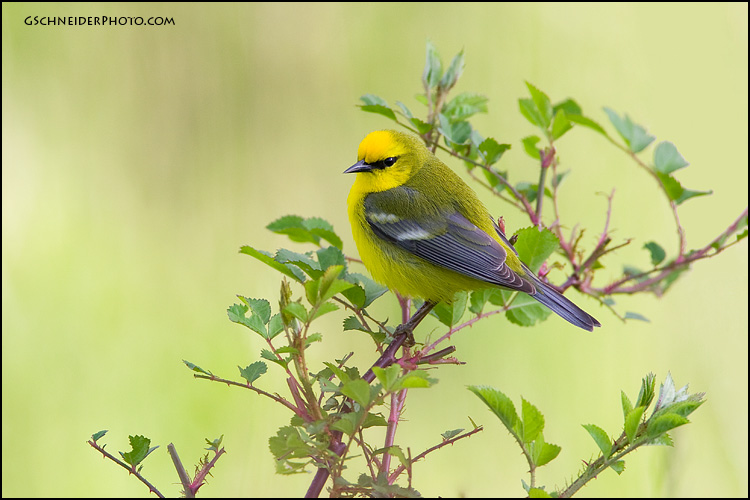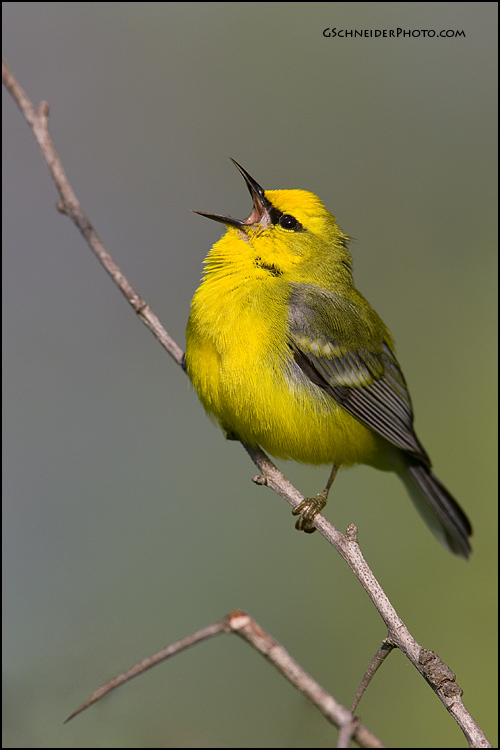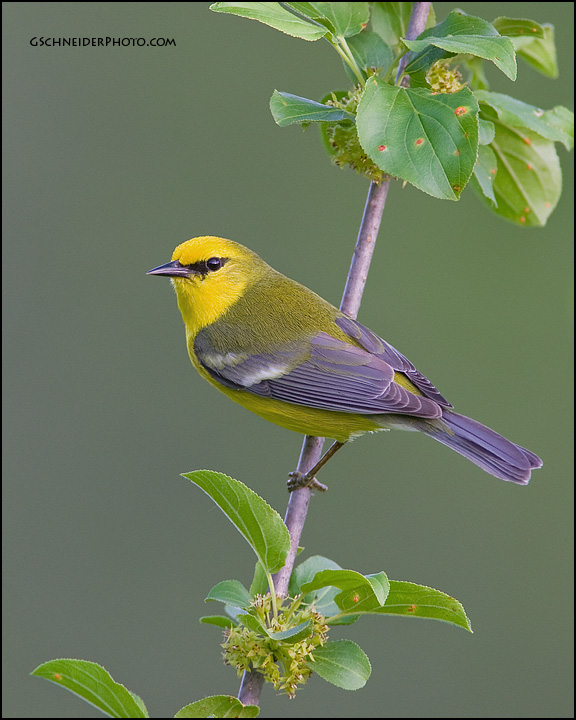Category: Birds
Eastern Screech Owl youngsters
Eastern Screech owls are among one of the most common owls in many areas, but their small size and retiring nature make them very difficult to find. Nesting in cavities, their whinnying and spooky calls can be heard most readily at night in the mating season. Many people are shocked when they find out that these owls often live close to their homes in ravines and other natural areas.
A few years ago I was fortunate enough to learn of an Eastern Screech owl family that had nested in a local park. While extremely hard to find (and often only found because of other birds mobbing them), I had a few successful photo sessions with them. The young “owlet” fledglings were especially cute with their comical, big eyes and downy feathers. To my surprise and disappointment, I have not been able to find them this year, and only saw them briefly early in the season last year.
I’ll post some adults next!
Northern Hawk Owls Part 2
Ottawa was host to at least one hawk owl last winter. They are more common at those latitudes, but still don’t occur that often; in fact I haven’t seen one this year, although there have been a few scattered reports. The light was better than on my previous trips to the local hawk owl the previous year.
Blue-Winged Warbler
As mentioned in my previous post, the Blue-Winged warbler is the “cousin” to the Golden-Winged warbler. Its habitat is quite similar, though it’s range is more southerly, yet expanding northwards. The Blue-Winged is exceptionally common in my area, and their buzzing song often emanates from the shrubbery, particularly any raspberry bushes. Despite their commonness, I have not photographed them too extensively, with the exception of one fantastic afternoon in the summer of 2008, in a field just minutes from my house. This particular male was extremely accommodating and allowed for many close views over the course of an hour or two. The species forages nearer to the ground than other tree-top dwelling warblers, making photography much easier, and affording closer views and better angles.
The Brewster’s warbler hybrid sometimes occurs in my area as well, and my one chance at photographing one was ruined by my inexperienced self having written it off as a first year Blue-winged in poor plumage. At least I’ll know for next time!
View more, or order a print at my gallery!
See more warbler images here
Golden-Winged Warbler
This spring I had the pleasure of having several opportunities to photograph one of the most attractive wood warblers, namely the Golden-winged Warbler. This dashing little beauty is sadly declining across its range, and being pushed northwards, due to its southerly cousin, the Blue-winged Warbler, which is moving northward, perhaps due to warming climates. Both are closely related, and where their ranges overlap they often create hybrids (Brewster’s and Lawrence’s warbler). These hybrids are typically less hardy than their pure species, and are not all that common.
Currently, the best place to find the Golden-winged warbler seems to be near the Canadian Shield area, or in northern Michigan. It can also be found south of these areas, but only irregularly. Thankfully, the Golden-wingeds seem to be holding their own in the northern areas, with the Blue-winged being a rare sight in the Shield. The threat is still potent, and there is a possibility that through hybridizing (cross-breeding) with the blue-winged race and reduction of the golden-winged gene pool, the golden-winged race may no longer exist in a decade or so, according to some experts. As it stands now, this species is classified as ‘near threatened’ by the IUCN.
The Warbling Vireo
Though a rather plain and often overlooked bird, the warbling vireo can be found singing it’s warbling and musical song in shade trees near streams. The following photos were taken very early for the songbird season, in late April. Very few leaves were out yet, and this songster was easy to spot.
View more, or order a print at my gallery!
Strix nebulosa
In my opinion, one of the most appropriate Latin names for any bird is that of the Great Gray Owl: Strix nebulosa. The species certainly has a nebulous character, roosting deep in dense woods, and only appearing at the edges of open areas near dawn and dusk to hunt, which makes it rather hard to find with the limited hours of daylight in the winter. Once one actually locates this owl, it is immediately evident that though it seems very lethargic, it is extremely aware of all that is happening in its surroundings. For instance, it is very possible to have them suddenly launch off their perch only to catch a vole under a few feet of snow. They show very little fear of humans; there have been many photos posted showing people standing right next to a Great Gray Owl. When in flight, their wingspan is truly impressive.
They tend to come south in any good numbers only once every few years, when the vole population crashes further north. The large invasion in the winter of 2004-2005 was well documented, but in the years since then there haven’t been too many that came south.
This past winter I was able to get numerous photos of a pair of them that wintered near Ottawa; most photos are from a trip in February with Alex Mody.
American Woodcock
This somewhat bizarre shorebird is active by night, digging for worms with its long beak. I photographed this male with the use of a flashlight after he performed his mating rituals, which consist of a winnowing flight display.
Michigan trip
I’m back from my trip to Michigan. It was slightly over a week long, and the main goal were loons. I spent most of my time near Rogers City in an area known for tame and approachable loons and also made stops in Grayling for Kirtland’s Warbler, and Ann Arbor for grassland birds that are not easily found in Ontario. I headed home via Sauble Beach for a quick hour of Piping Plover photography.
I took about 6000 photos during my trip, and it will definitely take me some time to go through them! That said, I will try to post a few favourites soon.
Songbird photography is now essentially over, with birds well into raising young, ceasing to sing and vegetation becoming thicker. My focus is shifting to photographing grassland and waterbirds before the shorebirds begin appearing in a few weeks on their southward migration.
Northern Hawk Owls
Raptors are always one of my favourite subjects to photograph. Their size makes them easy to spot and they are generally more approachable in the winter, and the absence of leaves on trees makes them even easier to spot as they often hunt on roadsides.
One of the more unusual owls for a southern area Northern Hawk Owl. We had one over-winter near Hamilton in 2008 and it stayed for about two months. It was an unprecedented bird for the area, and many people saw it during its stay. A small, falcon-like owl, it lives up to its name – hunting by day and mostly by sight. They can be quite aggressive, and show little fear of people.

This Hawk Owl posed for a few minutes on this pole, seemingly showing off his catch. (click to enlarge)
Bufflehead drake
This is a bufflehead duck I photographed this winter. It’s normally very hard to get this close to diving ducks, but there were several diving near a pier, and would surface quite close.
























